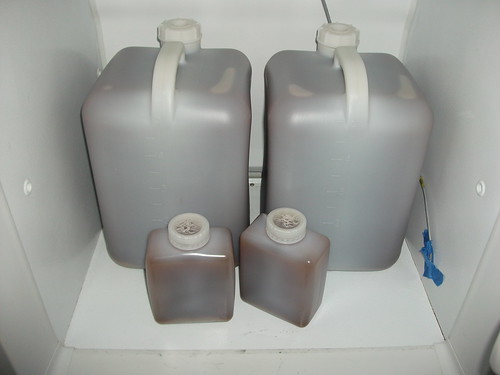chucke
Well-Known Member
just used the 7 gallon aquatainer think i'm switch to a 5 gallon something. derformed plastic doesn't wanna reform.
Fill it with very warm water minus the cap, let it sit and it will snap back into shape.
An alternative, if it's still sunny at your location, fill it with water, omit the cap and let it sit in the sun.



